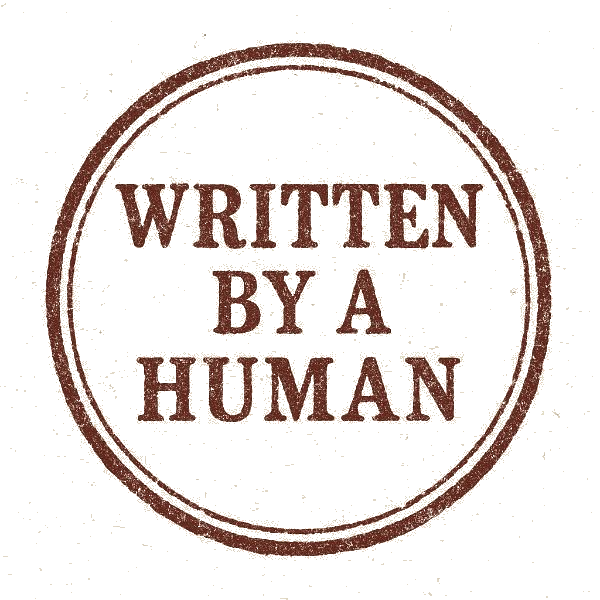Why your team’s ‘invisible superpowers’ are the hidden KPI you’re not tracking—yet
By Louise Bartlett
Think back to the last time your project hit a brick wall. The budget looked fine, the Gantt chart was on-point, yet progress crawled. Then—almost by accident—someone quietly reframed the problem and the whole thing leapt forward. Chances are that person’s “job title” didn’t list problem-reframer-in-chief. It was their invisible superpower, and you probably didn’t have a metric for it.
Senior leaders are drowning in dashboards for cost, cycle-time, defect-rate and Net Promoter Score. But the human strengths that trigger breakthrough ideas rarely make the cut on that spreadsheet. Today’s high-performing organisations are changing that—because the data is now clear: when you harness individual genius zones, performance follows.
The business case you can’t ignore
Strengths-based teams outperform. Gallup’s multi-industry meta-analysis found that organisations embedding strengths development see 8 – 18 % higher performance and up to 10 % more customer engagement than their peers.
Cognitive diversity fuels innovation. Recent DEI research shows companies that intentionally surface diverse thinking are 75 % more likely to see ideas become productised and 19 % more likely to grow innovation revenue.
And, if your organisation is not treating “people strengths” as a core competency, you’re already behind the curve.
What exactly is a workplace superpower?
A superpower is the unique, repeatable way someone creates value beyond their role description. Think about the “data whisperer” who spots hidden patterns, the “empathy catalyst” who translates user pain points into insights, or the “simplification ninja” who can cut a 30-slide deck into one compelling visual.
Unlike traditional competencies, superpowers:
Operate across contexts – they show up whether you’re re-platforming a legacy system or brainstorming next-year’s service roadmap.
Scale under pressure – the tougher the brief, the stronger they get.
Light up others – a revealed superpower invites complementary strengths to surface (and incidentally, what we teach in our Innovate pillar).
Here’s three simple (and fast) exercises to surface hidden talent
Run a 30-minute Post-it Audit
Task: Ask each team member to write down three tasks that energise them and three that drain them.
Group: Cluster the energisers; label emerging themes (“systems thinker,” “storyteller,” “connector”).
Debrief: How could these themes unlock our current strategic priority?
Affinity-Map the Strengths
Affinity mapping makes patterns visible. Groups often discover they’re overloaded with “guardians” (rigour) but light on “explorers” (fresh thinking)—or vice-versa.
Use colour-coded dots to visualise imbalance and spark conversation about pairing.
Make Recognition Public and Ongoing
Translate findings into a shared “team strengths map” and display it on your Miro board or war-room wall.
Encourage managers to reference superpowers in stand-ups (“Can we tap into Angela’s pattern-spotting for this data issue?”).
Tie at least one quarterly OKR to leveraging a named strength—this moves it from nice-to-know to must-deliver.
Measuring the invisible
When stakeholders ask, “If it’s not on the KPI sheet, does it really move the needle?”
Here’s how to track impact–conduct experiments.
Problem-to-prototype cycle time
Why it matters - Faster cycles suggest ideas are surfacing—and sticking.
How to capture - Compare average time-to-first-prototype before and after strengths mapping.
Cross-functional shoulder-taps
Why it matters - When people know who the “empathy catalyst” is, they seek them out.
How to capture - Count informal collaboration requests in Slack or Teams.
Employee NPS on “I can use my strengths at work”
Why it matters - Gallup links this line item directly to engagement and profit.
How to capture - Add the question to your next pulse check.
One question to ask in every 1-to-1 this quarter
“Where did you feel most in flow last month, and how can we facilitate more of that?”
You’ll be amazed how quickly performance conversations pivot from box-ticking to idea generation.
From insights to advantage
Mapping superpowers isn’t a fluffy off-site exercise; it’s a strategic lever. Imagine approving next year’s digital-transformation budget knowing exactly which internal “explorers,” “architects,” and “finishers” can de-risk the follow-through. Talent decisions become evidence-based, not guess-based.
And remember: strengths evolve. New projects can reveal fresh zones of genius; employee turnover creates gaps. Treat your Team Superpower Map as a living asset—review it every sprint retrospective or quarterly business review. Refine it, then run more experiments and map your findings.
Ready to unlock this hidden Superpower KPI?
If you’d like an accelerated route, our bespoke programmes uncovers your team’s strengths profile, aligns it to your current strategic goals, and produces a ready-to-use action plan. Drop us a note.
Your balance sheet already shows the cost of talent. Start showing its superpowered potential, too!
By Louise Barlett, who teaches the Innovate pillar at Teamshaper. Louise’s superpower lies in her ability to unlock creative potential within teams, helping individuals recognise and harness their unique strengths to drive meaningful innovation.

Found this helpful? Share it with your network:
Share on LinkedInWant to build stronger teams?
Contact us to learn more about our bespoke training programmes.
Or follow us on LinkedIn for updates and insights.

